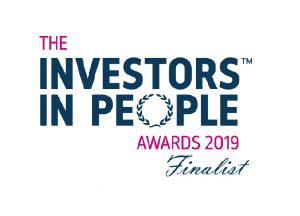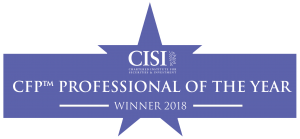Quarterly Investment Committee Newsletter
A lot has changed since the United Kingdom initially went into its first lockdown in March. After the initial market turbulence, we continue to ensure our clients investments are well positioned and suit their circumstances.
Over the past 3 months the UK stock market has generally been in a slow decline until the positive news about vaccines started hitting this month. As more pharmaceutical companies issue news on their own vaccines it seems now markets have settled on this news.
With that in mind, it seems the UK market will still need to wait until there is more clarity on when businesses and industries will be able to provide their pre-COVID levels of productivity. To see this, it would be reasonable to need more certainty on when vaccines will be available and ultimately distributed.
In the meantime, our investments look to have exposure to long term growth prospects whist limiting exposure to two main areas of longer-term risk.
Bond Yields
In times of uncertainty, the traditional method of reducing risk would be to reduce equity exposure and increase exposure to fixed interest assets. The lowest risk of all would be government lending as they would be considered to have the lowest risk of default. Whilst these assets can provide uncorrelated movements during times of market uncertainty, it is still important to ensure their long-term effects on investment performance. As at 23/11/2020, 10-year UK government guilts have an annual yield of 0.3% (Source Bloomberg). This low yield coupled with its long timeframe and inflationary risk mean that in many circumstances its short-term benefits are being outweighed by their potential long term drag on performance especially when fees are taken into account. As such we look to reduce exposure to these assets whilst ensuring the overall level of investment risk is maintained.
Potentially High Stock Prices
Price Earnings Ratios (the value of a business as a multiple of its annual profit) has continued to rise in recent years. Many U.S. stocks for example are valued at hundreds of times their company’s profits. Of course, these could be fully justified with future earnings increases, however care must be taken on stock selection to ensure the long-term growth prospects of such companies. These stocks would also be considered higher risk than that of currently profitable businesses and as such their selection must also be considered given the timeline and objectives of the funds and portfolios.




